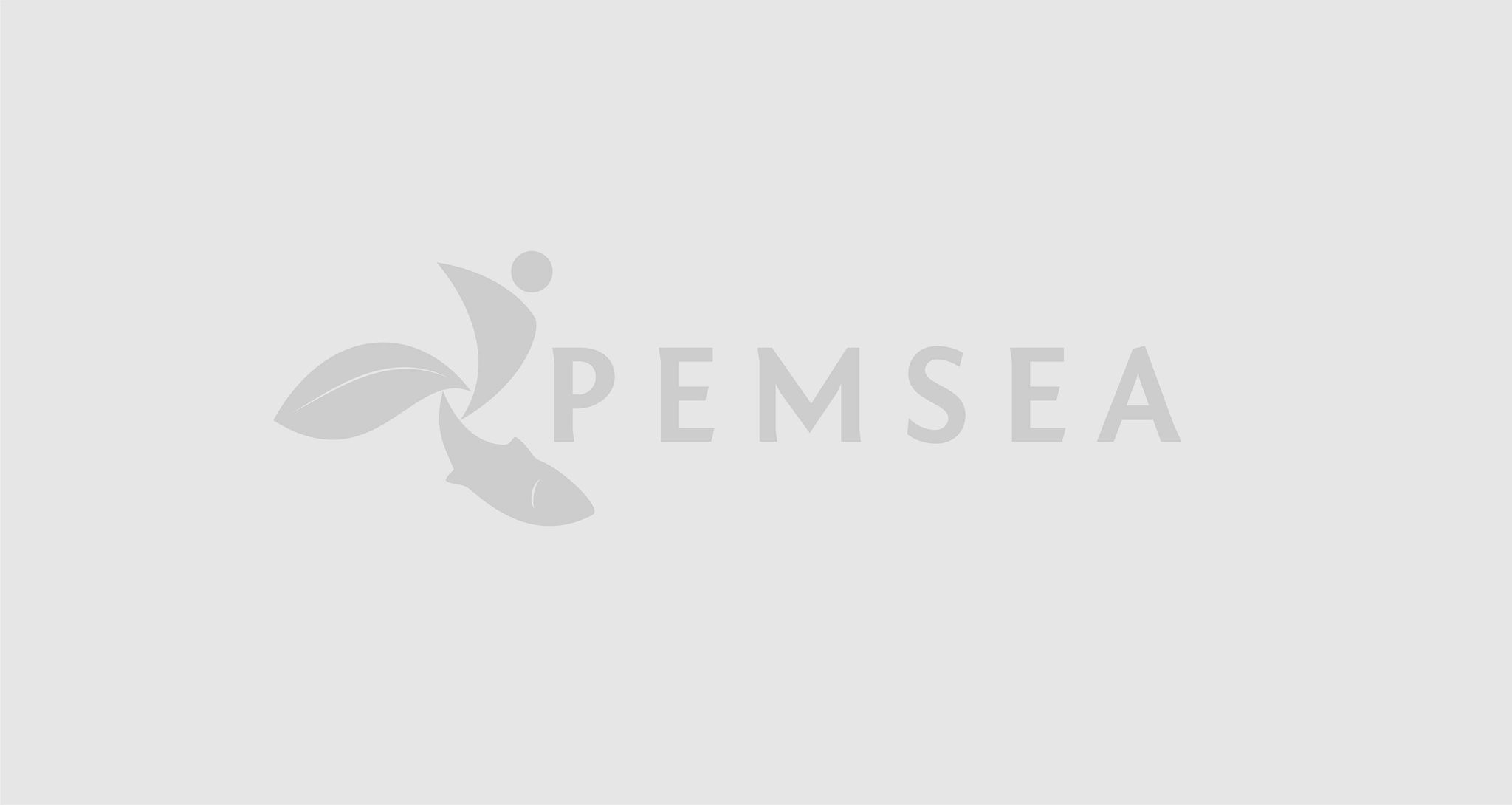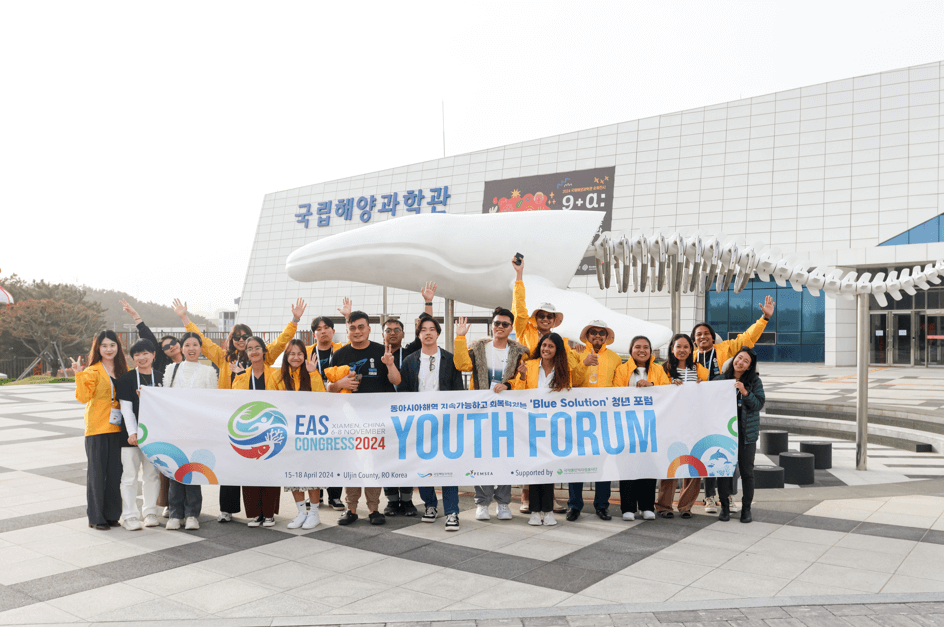World Bank and PEMSEA to Cooperate on Environment in East Asian Seas
Friday, 12 February 2010

Manila, Philippines — The East Asian Seas extend from PR China, the Korean Peninsula and Japan in the north to Indonesia and Timor Leste in the south. Its shores are home to approximately 2 billion people and its waters sustain 30% of the world's coral reefs and 40% of the global fish catch. Sustaining marine and coastal life in the face of rapid development and the threat of climate change has become one of the development priorities for East Asian Countries.
In the framework of the 2009 East Asia Seas Congress being held in Manila from November 23 to 27, Magda Lovei, Sector Manager for social, environmental, and rural issues in the World Bank's East Asia and Pacific Region today underscored that point by signing a Memorandum of Understanding (MOU) with Raphael Lotilla, Regional Executive Director of the Partnerships in Environmental Management for the Seas of East Asia (PEMSEA). The MOU promotes activities that improve the quality of the environment in the Seas of East Asia.The partnership between the World Bank and PEMSEA will, through collective actions, address the challenges posed by growing populations and the continued rural migration to coastal cities which are threatening the quality and sustainability of coastal and marine life. As Magda Lovei expressed it during the signing ceremony "The rapidity with which East Asia is urbanizing and the scale of ongoing coastal development is unprecedented and calls for joint action by multi- and bilateral development partners to sustain the life-cycle in and around East Asian Seas for this and future generations".Core points of the agreement, which complements the efforts of 11 East Asian countries, the United Nations, the Global Environment Facility and 19 regional partners are: the protection of mangroves and coral reefs; the prevention of overfishing; improving water quality; and greater preparedness to natural disasters and the effects of climate change, particularly sea level rise.PEMSEA originated as a program of the United Nations Development Program (UNDP) in 1994, and evolved into a multi-country, multi-partners agency to promote sustainable development of the Seas of East Asia. Its relationship with the World Bank dates back to 2005, when both parties established an Investment Fund to control pollution. The World Bank and GEF support this strategy by financing projects that control pollution, and that respond to the specific challenges posed by climate change and natural disasters.This partnership will operate under the Sustainable Development Strategy for the Seas of East Asia (SDS-SEA), PEMSEA's regional framework for action. The partnership will also help to increase and balance in-country and regional capacity for sustainable coastal management; it will further build confidence among national and local governments, civil society, the private sector, research and education institutions, and international agencies through collaborative action.The World Bank will use the opportunity of the East Asian Seas Congress to take stock with partners, share lessons learned from projects, and co-convene a workshop on November 24 on "Pollution Reduction, Innovative Policies and Practices" with representation from projects under the Investment Fund for pollution reduction. In parallel, discussions will be initiated about the best avenues available to scale up the efforts and enhance co-financing of actions with positive impact at policy, institution and investments levels in support of water quality of the East Asian Seas, including in countries in the Coral Triangle (Indonesia, Philippines, Pacific Islands).The Memorandum of Understanding will be available at http://www.worldbank.org/eapenvironment and www.worldbank.org.ph.Media Contacts:Leonora GonzalesLgonzales@worldbank.orgDavid Lloritodllorito@worldbank.org



